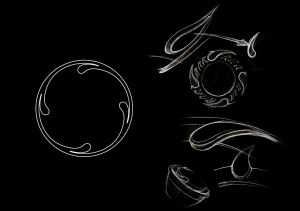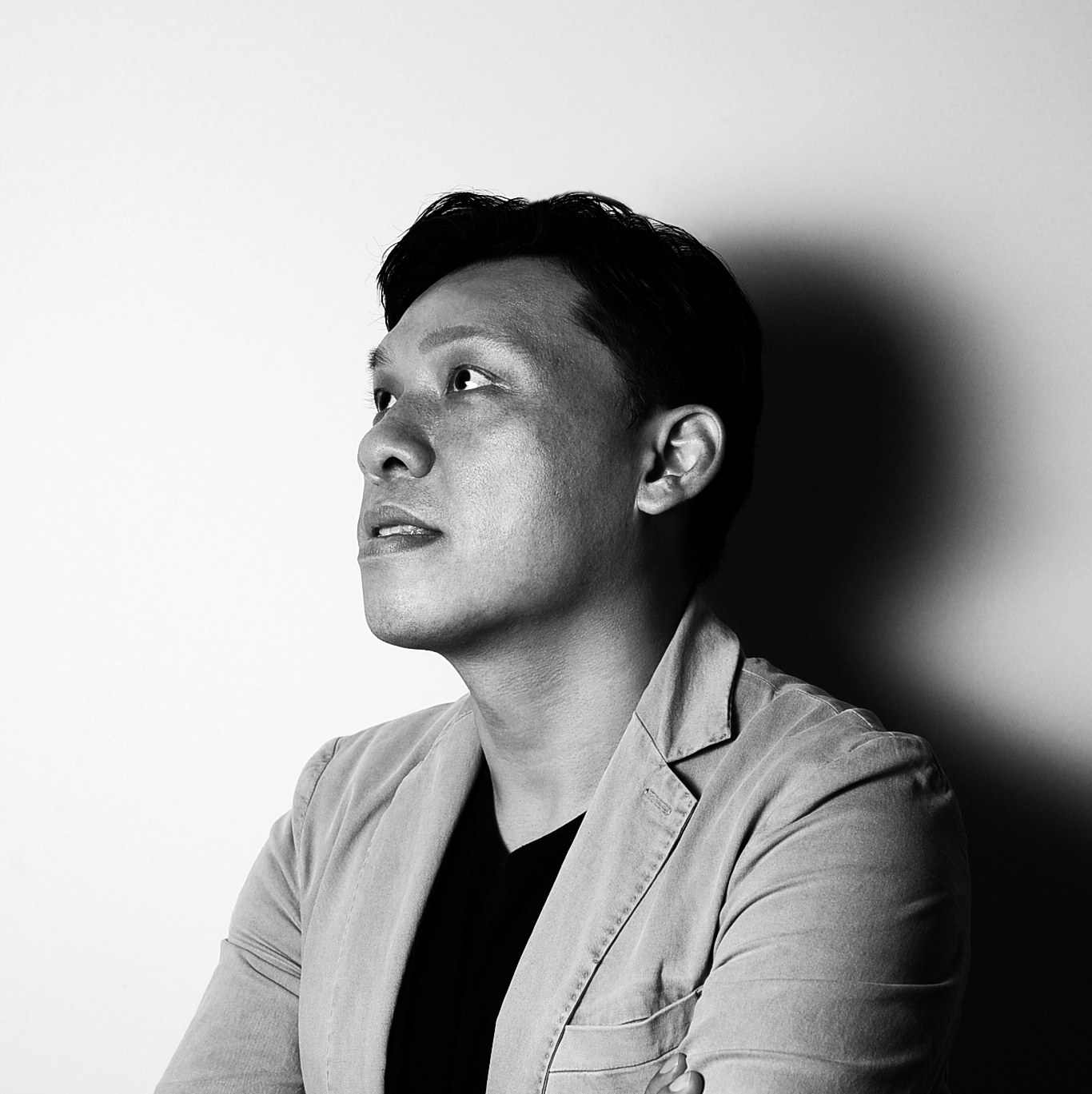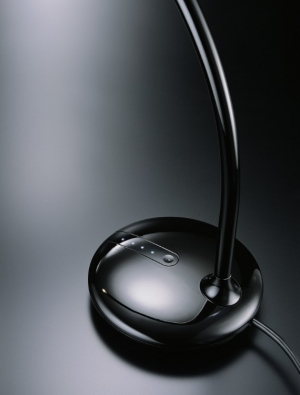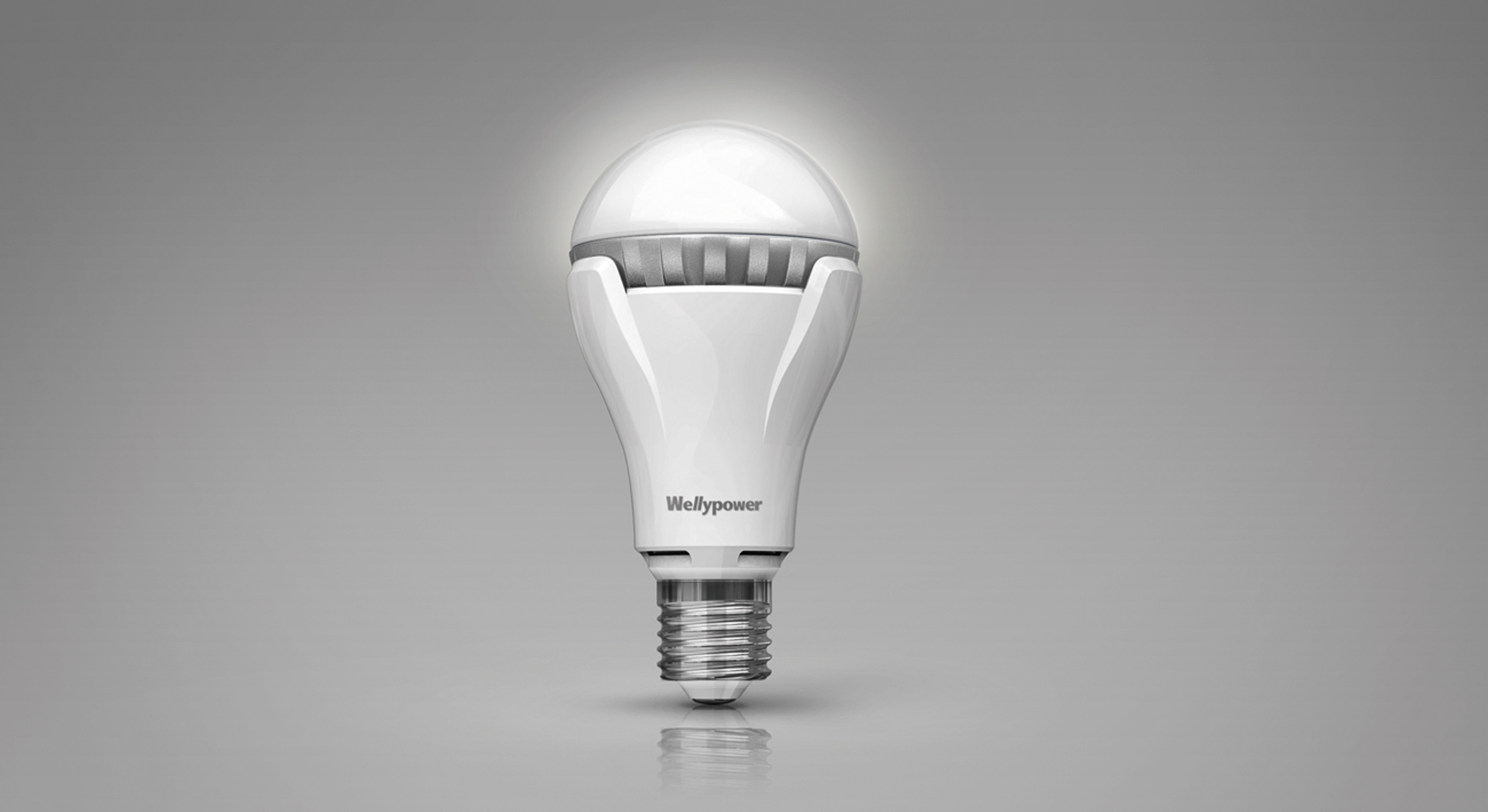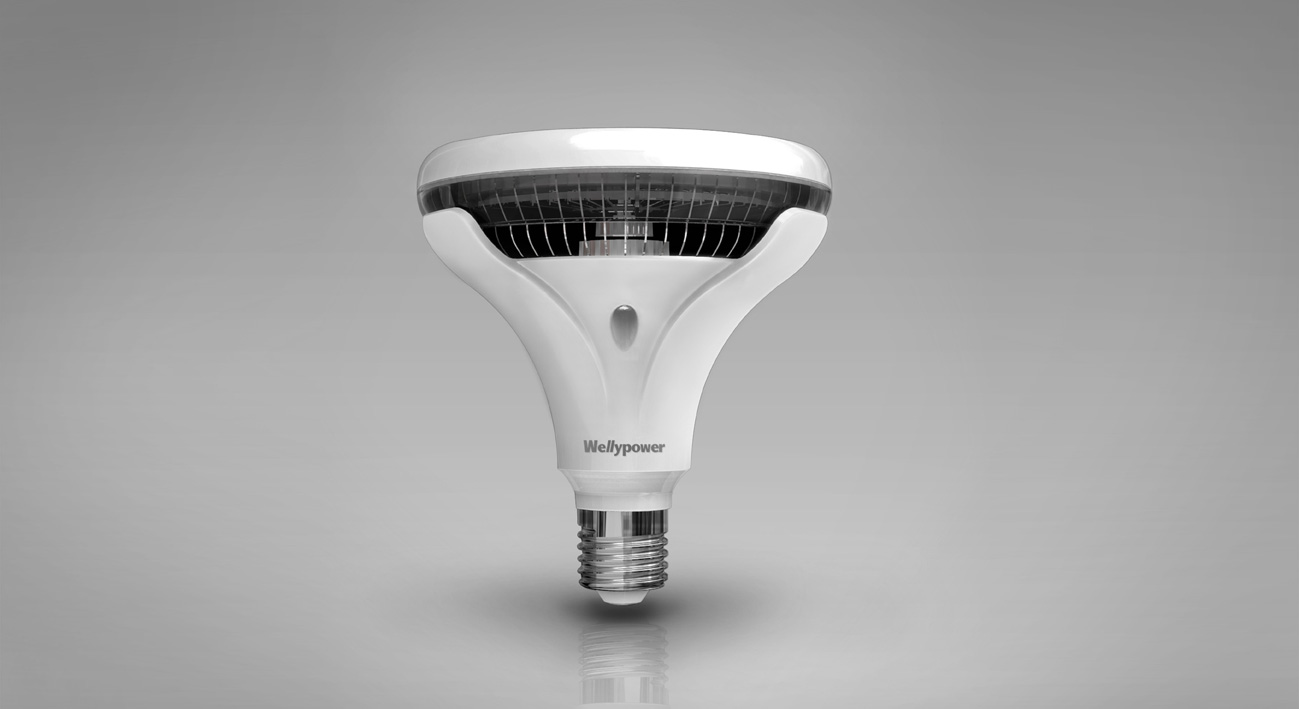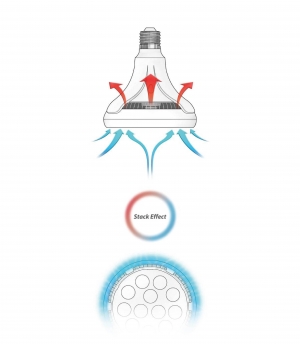In recent years, I have communicated frequently with the younger generation of designers in the course of lecturing and talking about design in various places. Every time the interaction time of Q&A starts. the most frequently issued questions that are confusing are often related to how to persuade the owner or boss to accept the designer’s proposal. Many people are always puzzled about why the design is not understood and recognized by others, and even complain there are something wrong with the sense of beauty of owners, or the boss has a too strong subjective consciousness. Such confusion seems to widely exist among the early-career designers graduating from the department of design.
CALLA
In the field of industrial design, the design must be combined with engineering, business, aesthetics and human (human needs) as the core; in the meantime, the environment, society and culture corresponding to human and material must also be taken into account. Thus, the design can be described as a complex subject that requires the integration of many fields of knowledge at the same time. From the above description of the content of design work, we can know that the basic purpose of design work is for others instead of yourself, which is quite different from the motivation of expressing yourself in the artistic work. Although design and art both fall into the category of creative work, but the output of design must be accepted by others in order to be resonated with and can be copied and shared by all in large volume. Designers shall create outstanding designs and commercialize them, so that consumers can buy such excellent designs on the market, forming a sustainable cycle under the framework of commercial operation. What about art? The expression of art does not necessarily need to be understood by everyone, nor must it be acceptable to the public. Art focuses on spiritual edification and satisfaction, while design focuses on solving practical problems, making the communication with a variety of people in each stage of design creation become quite important.
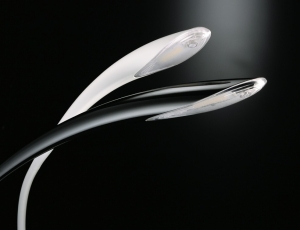
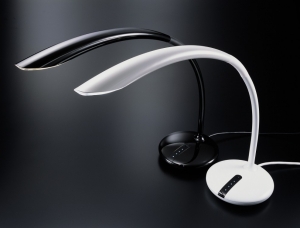
CALLA
Communication is always one of the most important and frequent items in the design work, from the discussion of the requirements and problems in the initial stage of design, to the conceptual expression when the design case is presented to the owner, and even to the consumers’ contact with the final product on the market. Why we talk about the difference between design and artistic work? During my contacts with many students or designers, I find that many people are often confused about these two roles. Many design ideas and concepts usually start from their own points of views and forget that the design must be designed for others and must originate from the perspective of other people; then designers can add their own unique ideas to the design, quite different from the process in which artists more purely communicate their ideas to others. There is a huge gap between the subjective and objective proportions. The larger the proportion of being objective, the better the communication is in the design; on the contrary, the purely subjective ideas tend to be more difficult to be resonate with most people. Design work is the logical reasoning inclined towards being objective. Whether it is the solution of functional design problems or the development of aesthetic modeling, design work is more like a process of evolution of causal relations and logical reasoning. The clearer the logic is, the easier it is for people to understand your idea. Of course, there will be some subjective and emotional thoughts, but this kind of thinking is more likely to come from inspiration and is often more elusive and does not necessarily appear during the process of creation. A qualified professional designer can usually rely on rational logic to find a point of balance that is reasonably satisfactory to most people in the cycle of aesthetics, engineering and business, and the imagination coming from a more subjective and emotional impulse, in fact, adds the brilliance to the splendor of rational reasoning at the previous stage. The imagination of this inspiration depends on luck. Therefore, the process of designing a proposal is usually based on rational reasoning, which is more easily accepted by most people and has a higher degree of certainty.
I often hear designers complaining about their clients' poor sense of beauty and the failure to feel their beautiful designs. Is the perception of beauty the natural inheritance or the product of education? Many years ago, British scientists conducted an aesthetic cognition experiment on newborns to prove that the cultivation of beauty actually begins in the womb, and even a newborn child can tell beauty from ugliness. Developmental psychologists have confirmed many years ago that babies prefer some certain objects, such as something with high contrast, and curved shape. They prefer moving objects to still ones. However, the reason for this preference has always been puzzling. The research conducted by scientists at the University of Exeter in the UK supports the long-held view that life is not a blank sheet of paper, but rather born with a well-developed aesthetic system. Scientists at the university used many photos of women's faces in their study. First, they asked some adults to rate each photo on a scale of 1 to 5 in terms of the degree of beauty. The scientists selected photos with similar contrast and brightness, with an average score of 1 and 5, respectively. They then showed the photos to babies who were just one to seven days old. One researcher held the newborn baby about a foot from the two photos, while the other researcher recorded where the baby was gazing at. The results showed that the baby looked at the prettier photo. The reason for the baby born with the sense of beauty is that a good-looking person has a standard face above the average appearance, and people are born with this standard face imbedded in the brain, making it easy to identify a similar face.
Thus, it can be seen that a part of the human perception of beauty indeed comes from natural genetics, and there are also some parts coming from the acquired environment and education. For example, different cultures have special tastes and preferences for beauty.How can designers make their aesthetic creations reach consensus with customers/owners or end-product users? And how to reduce the gap between the designer's aesthetic perception and the public's aesthetic perception? As a matter of fact, apart from the natural inheritance mentioned above, there is also a part of human cognition of beauty that can be rationally analyzed and sorted out to acquire some fixed principles and theories. Generally, ten forms and principles can be summarized: Repetition, Gradation, Symmetry, Contrast, Proportion, Balance, Balance, Rhythm and Unity.
No matter in the architectural design, spatial design, industrial design or visual design, these basic concepts of beauty are not only very useful creation tools for the designers to present the beauty of design, but also the very effective common language in the communication of the sense of beauty. Such concepts are often taken as the principal axis in the basic course of each design filed. But unfortunately, designers often forget to continue to apply this basic knowledge of aesthetic perception after they enter different professions. has been split into their respective specialties, and this is what happens when designers continue to apply this basic knowledge of aesthetic perception. Especially when persuading and communicating with the client and owner about the aesthetic perception, designers usually focus on the expression of their own style and ideas, but seldom use the relatively objective aesthetic principles mentioned above to let the other side understand where and why the beauty of your design is. Design is often afraid of directly talking about the beauty or adopts the so metaphysical general description that people cannot understand. The most effective and direct way for the description of beauty is to use the basic principles of beauty to let people understand and experience. In addition to the perceptual touch, beauty can be analyzed in a more rational way in order to achieve more effective communication during design.
In addition to aesthetics, the function of product is also an issue that designers often need to communicate with their customers/owners. The theory of Form Follows Function, issued by Louis Henri Sullivan (1856-1924), the master the 19th century Chicago School of Architecture, emphasizes that the form is designed or changed according to functional needs, and is not a decorative activity as it name may indicate. Such a slogan led to the subsequent engendering of functionalism, influencing the development of architecture and design throughout the 20th century. Bauhaus, inheriting this principle from Louis, also takes this principle as the creed for creation, and holds the view that the consideration of form design is mainly based on function. As long as the requirement of function is met, there is the composition of beauty. With Bauhaus was persecuted by the Nazis, this function-dominated design concept was spread all over the world, becoming the mainstream design trend. With the advance of the times, many different design ideas also emerged., such as the theory of Form Follows Emotion proposed by Frog Design, Form Follows Funny issued by Alessi, an Italian design brand of the post-modern style, and Form Follows Form, not Function, raised by Philip Johnson, another American great master of modernism. Furthermore, there also emerged a plenty of pragmatic ideas. For example, Richard Rogers, the British architect master once said: “Form follows profit is the aesthetic principle of our times.” In 1993, two American professors, Klaus Krippendorff and Reinhart Butter, from Ohio State University argued that the concept of Form Follows no longer applied to today's high-tech era, and then put forward the concept of Form Follows Meaning. Today’s users often endow a product with multiple meanings when they use it, demanding designers to accept such a challenge and understand this cognition.
When CHRIS BANGLE, the former design director of BMW, took the position of president of IAAD l'Universit à per il Design, he gave a speech also responding to the idea of Form Follows Meaning, urged a new generation of vehicle designers to put aside the burden of Form Follows Function in the past and boldly endow the automobile form with the more multi-dimensional intrinsic significance so as to satisfy the demand of design in the future.
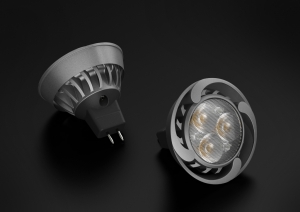
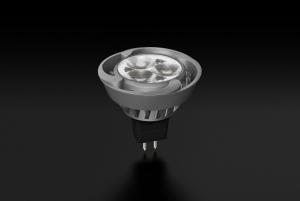
GE MR16
On how to give the form of product the meaning, I here share a case of design practice: this is a design proposal of MR16 LED projection lamp for the world-famous and century-old GE Lighting in the United States issued many years ago. The main axis of the design is how to bring the unique brand genes of GE lighting into the form design, and the process of the design proposal does not directly show the form results. Instead, the form result is shown by the family form features of BMW vehicle’s water tank cover, and IBM THINKPAD laptop’s unique red button and TRACK POINT, eliciting the importance of brand characteristics products. What follows is the introduction of trademark evolution of GE brand, from the simplification of the trademark to the form design of the projection lamp heat dissipation fin, assisted by the brand form language which is consistent with the packaging of various series of products. This proposal was eventually adopted by GE Lighting as the main form of the current product. Customers highly praised that its product form could be integrated with the meaning of brand and indicated this was the direction that the previous enterprises had not tried in the past hundred years. Form Follows Meaning gives the meaning beyond the product function, plus the storytelling presentation, making this design successful. Again, the key to responding to the theme of tricks for communication during design lies at the rational reasoning and obvious logical causality, no matter for the design itself or the design proposal.
